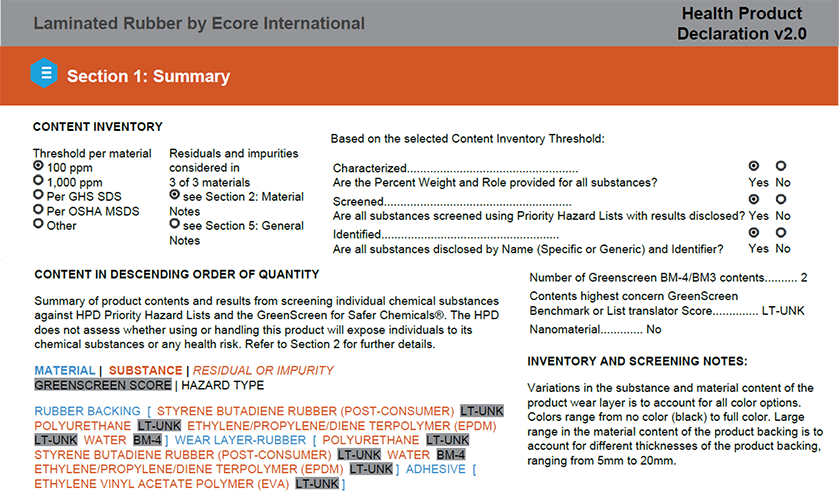
With an increasing demand to use materials with positive human health and environmental impacts, this post highlights issues related to specifying new materials while minimizing risk, navigating the evolving standard of care, and determining what to do when things go wrong. This post is adapted from a presentation given by Rick Carter and Becky Alexander to a group of local A/E senior executives and corporate counsel at the Coleman Executive Roundtable for Architects and Engineers earlier this year, with insights from the ensuing discussion.
Communication is crucial and sometimes tricky
When considering new products, communication is important with both the building owners and within the design team. Presenting owners with a complete picture of the risks and benefits associated with new products and creating clear decision points (e.g. signing a document that they understand and are willing to share in the risks) can prevent finger-pointing if issues arise. Clear communication and documentation within the design team is also critical to ensure that everyone is aware of material properties that impact standard design details and construction practices. Documenting decision points helps prevent confusion and provides protection in the case of future conflict. Remember that team members with less experience may need guidance on when and how to document decisions – this isn’t something that’s taught in school!
Will increased material transparency expand the standard of care?
There is an unresolved question of how issues of material sustainability are transforming the standard of care (which reflects the typical level of professional skill and care provided under similar circumstances, and is the baseline for determining professional negligence). There’s general consensus among designers – and corresponding regulations – that materials known to make us sick (think asbestos and lead) should not be used, but what about materials that contain ingredients that may be carcinogenic to humans during manufacturing, like titanium dioxide, which is a common ingredient in paint and other building materials? And what about materials that contribute to wider-reaching impacts, like global warming potential?

The building sector’s responsibility to global health
It may be easy to identify the risks of using new materials and products, but these risks pale in comparison to the risk to global health, safety, and welfare if the building sector does not transition to materials that mitigate the impacts of climate change, protect biodiversity, and promote regenerative resources cycles.


